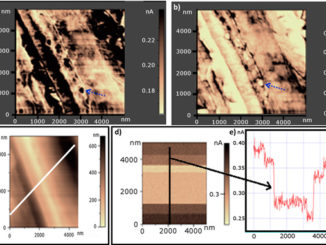
Writers: R.L. Grosso; E.N.S. Muccillo
Keywords: Sintering; Densification; Crystalline structure; Solid electrolyte; Ionic conductivity
Abstract: The effects of the method of sintering on phase content, densification and ionic conductivity of zirconia stabilized with 10 mol% scandia and 1 mol% ceria are investigated varying dwell temperature and time. Thermodilatometry as well as sintered density results indicate a fast densification for temperatures above 1150 °C. The rhombohedric phase is detected in the 1150–1300 °C range depending on the sintering time. In conventionally sintered pellets, after 2 h at 1200 °C the material is cubic single-phase. For this method of sintering, high dwell temperatures and prolonged times lead to phase decomposition and consequent formation of the rhombohedric phase. For any specific relative density, the mean grain size of pellets sintered by the two-stage method is smaller than the conventionally sintered ones. The smaller mean grain size obtained for specimens sintered by the two-stage method precludes an improvement in the mechanical properties. The overall electrolyte conductivity determined by impedance spectroscopy for pellets sintered by both methods exhibits similar behavior over the whole temperature range (300–800 °C) of measurements.
See PDF: Sintering phase composition and ionic conductivity of zirconia_scandia_ceria
DOI: 10.1016/j.jpowsour.2013.01.140




